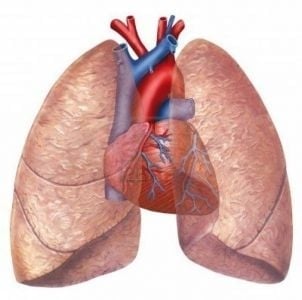New Study Shows that vaping “Does Not Affect” Lung Function


Dr. Amir Farnoud is an Assistant Professor at the University of Ohio, who specializes in nanoparticle-body interactions. His latest study was published last week, and it's focused on electronic cigarettes. Concerned about the lack of diversity in studies that examine the effect of stroke on the lungs, Dr. Farnoud and his colleagues decided to take a new approach.
The Important Question
The pulmonary surfactant - a pulmonary surfactant - is found in the surface layer of the lungs, which mainly reduces the level of surface tension in the alveolar fluid. It covers most of the lungs and essentially helps to keep the lungs structurally healthy. It is important to investigate the effect of smoking or vaping on this material because everything that mouth and throat breathes in comes into direct contact with the pulmonary surfactant. The main purpose of the study was to trace the change in the ability of this surfactant to reduce surface tension after the lungs were exposed to three main substances - normal air, electronic cigarette with steam and conventional cigarette smoke.
The researchers used an extract of a clinical surfactant that is used to treat premature infants. The extract, called Infasurf, is placed on a Wilhelmy plate (the standard device / method for surface tension testing in the laboratory). In addition to testing three different types of substances, the study conductors also decided that it is important to check the effects of several different e-liquid flavours for electronic cigarettes (tobacco, mint, and berry flavors). Researchers were on the opinion that the ingredients of flavorants of different tastes could potentially distort research results in one direction or another, so they decided to check for differences in data using three different flavored liquids for electronic cigarettes.
What are the results?
After the tests, Dr. Farnoud and his team found that “E-cigarette vapor regardless of the dose and flavoring of the e-liquid did not affect surfactant interfacial properties. In contrast, smoke from conventional cigarettes had a drastic, dose-dependent effect on Infasurf.”
These findings are fantastic news for smokers of electronic cigarettes that can still be related to the effect of vaping lung function.
Used sources
The original article by Dustin Eriksson for churnmag.com read HERE
